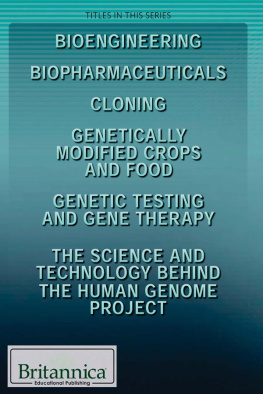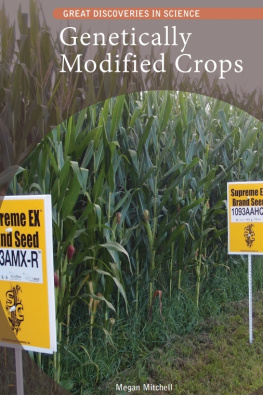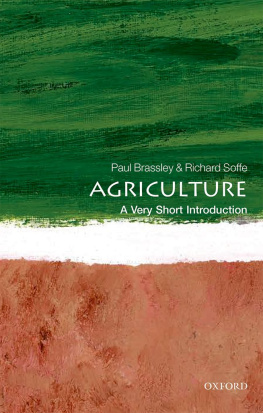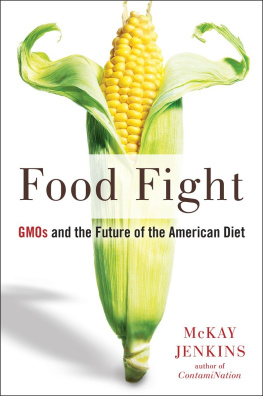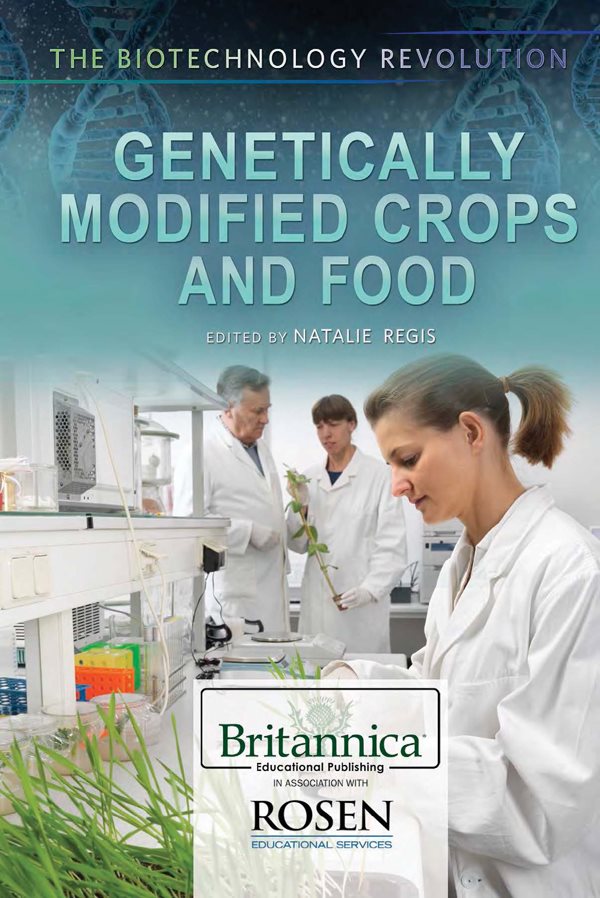
Published in 2016 by Britannica Educational Publishing (a trademark of Encyclopdia Britannica, Inc.) in association with The Rosen Publishing Group, Inc.
29 East 21st Street, New York, NY 10010
Copyright 2016 by Encyclopdia Britannica, Inc., Britannica, Encyclopdia Britannica, and the Thistle logo are registered trademarks of Encyclopdia Britannica, Inc. All rights reserved.
Rosen Publishing materials copyright 2016 The Rosen Publishing Group, Inc. All rights reserved
Distributed exclusively by Rosen Publishing.
To see additional Britannica Educational Publishing titles, go to rosenpublishing.com.
First Edition
Britannica Educational Publishing
J. E. Luebering: Director, Core Reference Group
Anthony L. Green: Editor, Comptons by Britannica
Rosen Publishing
Hope Lourie Killcoyne: Executive Editor
Natalie Regis: Editor
Nelson S: Art Director
Michael Moy: Designer
Cindy Reiman: Photography Manager
Introduction and supplementary material by Jeff Mapua.
Library of Congress Cataloging-in-Publication Data
Genetically modified crops and food / edited by Natalie Regis.First edition.
pages cm.(The biotechnology revolution)
Audience: Grades 7 to 12
Includes bibliographical references and index.
ISBN 978-1-6227-5579-0 (eBook)
1. CropsGenetic engineeringJuvenile literature. 2. Transgenic plantsJuvenile literature. 3. Genetically modified foodsJuvenile literature. 4. FoodBiotechnologyJuvenile literature. I. Regis, Natalie, editor.
SB123.57.G477 2016
631.5233dc23
2014049175
Photo credits: Cover, p. 1 iStockphoto.com/AndreasReh; pp. 67 Inga Spence/Science Source; pp. 2021 Andre Held; p. 28 Lisa Lubin/www.llworldtour.com; pp. 3233 Science & Society Picture Library/Getty Images; pp. 37, 46, 72, 103, 126 Encyclopdia Britannica, Inc.; p. 38 Laguna Design/Science Source; pp. 4849 Elenathewise/Fotolia; p. 54 Archive Photos/Getty Images; p. 56 BSIP/Science Source; p. 60 Paolo Negri/Photographers Choice RF/Getty Images; pp. 6667 Nicholas J Reid/Photodisc/Getty Images; p. 79 Courtesy of the University of Guelph; pp. 8081 Barcroft Media/Getty Images; p. 84 U.S. National Archives and Records Administration; pp. 9091 Paul Grebilunas/The Image Bank/Getty Images; p. 93 Oliver Strewe/Lonely Planet Images/Getty Images; p. 100 CBS Photo Archive/Getty Images; pp. 106107 Mark Bolton/Photolibrary/Getty Images; p. 115 Geri Lavrov/Moment Mobile/Getty Images; p. 119 AVTG/Vetta/Getty Images; p. 121 Michael Langford/Gallo Images/Getty Images; pp. 130131 Danita Delimont/Gallo Images/Getty Images; p. 139 Sun Sentinel/McClatchy-Tribune/Getty Images; p. 150 Portland Press Herald/Getty Images; p. 153 Gail Jankus/Science Source/Getty Images; p. 156 Shulevskyy Volodymyr/Shutterstock.com; p. 164 Douglas Graham/CQ-Roll Call Group/Getty Images; cover and interior design elements vitstudio/Shutterstock.com (DNA), everythingpossible/iStock/Thinkstock (honeycomb), style_TTT/Shutterstock.com (linear patterns).
CONTENTS
F or some, the term genetic modification may conjure up images of mutations and monstrous creations haphazardly fused together like the creature in Mary Shelleys Frankenstein. Opponents of genetically modified (GM) food sometimes use the term frankenfood to describe products that are engineered in some way by science. For others, genetic modification is just another step in the kind of selective breeding that farmers have been doing for centuries. They also see it as the only way to feed an increasing world population. However, the debate over whether genetically modified crops should be used in food, or developed at all, has become a political fight that seems to pit scientists, big businesses, and government regulators against concerned citizens and some scientists and doctors who feel that the long-term effects of consuming these foods needs careful study.
A genetically modified organism, or GMO, is a plant or animal whose cells have been changed by adding genes from another species. A newer form of genetic modification is irradiating the animal or plant cells to produce a desired mutation. The purpose of changing an organisms cells is to make the organism more useful to people. For example, some genetically modified crops have been altered to produce more per season.
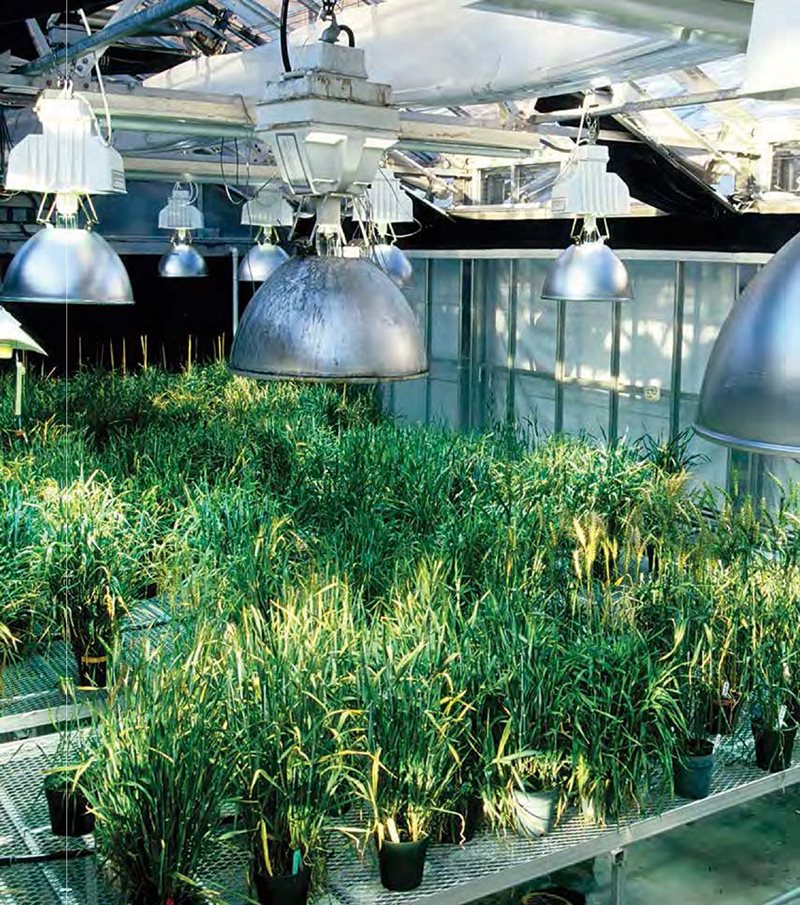
Genetically engineered wheat at UC Berkeley, Berkeley, California.
Altering plants and animals is not a modern practice. People have bred plants and animals in ways that enhance features that are beneficial while reducing characteristics of the organisms that are less desirable. Even the myriad dog breeds today are the result of artificially selecting specific animals for preferred traits. However, this type of breeding technique takes advantage of naturally occurring variations in animals and crops. GMOs, on the other hand, utilize advances in genetic engineering for precise control over what changes occur in an organism. Genes from one species can be introduced into a completely unrelated species to create organisms that grow precisely the way a scientist wants them to.
There are more than 40 types of genetically modified plants around the world, and only a few of these are grown for commercial purposes. The most common genetically modified plants are corn, canola, soybean, and cotton. There are also types of genetically modified papaya, chrysanthemums, poplars, and spruce. Tobacco, rice, cranberries, raspberries, and walnuts have been genetically modified but are not grown in the United States for human consumption. Soy oil and cornstarch are used in food manufacturing, while most of the other GM crops go to livestock producers as feed for their animals.
Genetically modified organisms have been a part of plant food production since the late 20th century. In the United States, genetically engineered animals have not been approved for sale for human consumption. However, limiting GMOs to plants has not reduced the controversy surrounding them. Some of the most recognizable brands in America are not immune to critics of GMOs.
REAL-WORLD CHANGES
In early 2014, the breakfast cereal Cheerios underwent a change to its ingredients. General Mills, the maker of Cheerios, quietly removed GMOs from the popular product. A cereal made by Post called Grape Nuts is also GMO-free. However, some consumers have complained that the newly GMO-free products are also now vitamin-free. Investigations into what vitamins have to do with GMO labeling have revealed that the growth, manufacturing, and handling restrictions that govern non-GMO products might not apply to vitamins. It was simply easier for these companies to remove the vitamins in order to make the products free of GMOs. Another large company, Target, said that its food brand, Simply Balanced, would be 100% GMO-free by the end of 2014.
Ben & Jerrys is a large ice cream company with creative and unique flavours. One of those flavours, Coffee Heath Bar Crunch, was among the companys best-sellers. A key ingredient of the flavour was Heath bars, a toffee candy made by the Hershey Company. Heath bars are made with genetically engineered ingredients. This put Ben & Jerrys in an uncomfortable position after it promised to remove all GMO ingredients from its ice cream. The company changed the formula, but unfortunately, there were complaints that the new, GMO-free version of the flavour, introduced in 2014, simply did not taste as good as the original.

